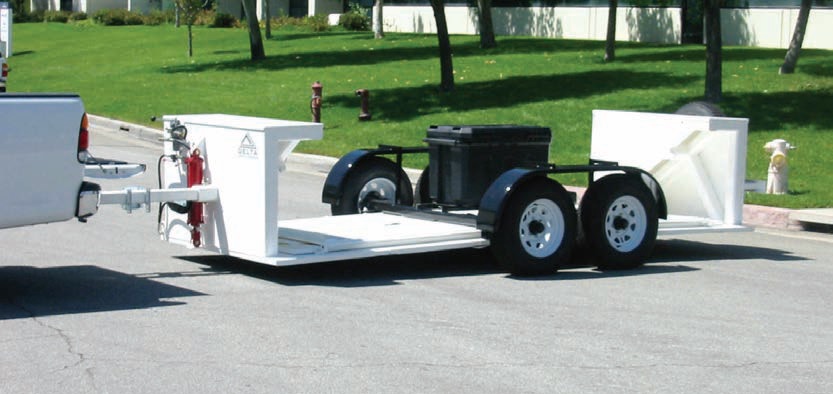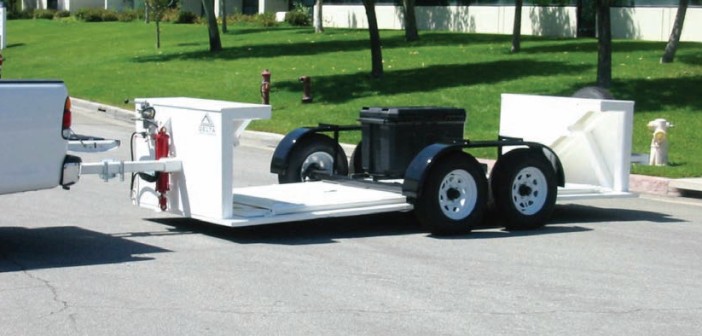
On December 19, 2016, the news exploded with information about a vehicle attack on a Christmas market in Berlin that killed at least 12 and injured more than 50. Less than a month before, the U.S. State Department had warned about such attacks in public places throughout Europe, saying that extremist groups including the Islamic State and Al Qaeda were planning to focus on such locales during the Holiday Season.
Indeed, both terrorist groups have called on followers to use trucks in particular to attack crowds. On July 14 (2016), a truck plowed into Bastille Day vacationers in Nice, France, killing 86 people. Four months later, on November 28, 2016, a car ramming attack and mass stabbing occurred in the United States at 9:52 a.m. EST at Ohio State University’s Watts Hall. The attacker, Somali refugee Abdul Razak Ali Artan, was shot and killed by the first responding OSU police officer and 13 people were hospitalized for injuries, nine of them struck by the vehicle. Luckily, nobody was killed.
With vehicles used at weapons becoming a popular terrorist strategy, how can security management control traffic at a temporary event with certified crash equipment that can be simply towed away when the occasion is over – from protecting farmers’ market shoppers from an errant vehicle or a political event from car and truck bombers? Today, that question can be answered simply – with portable barriers.
Moveable self-contained barricades can be towed into position to control vehicle access within 15 minutes to answer the need of organizations that quickly require a temporary barricade system to address a specific threat or secure a facility during special events. They were created for military checkpoints in Afghanistan and Iraq to provide another level of force protection. Three lengths -12, 16 and 20 feet – have been built over the years…Click HERE to read full article.






